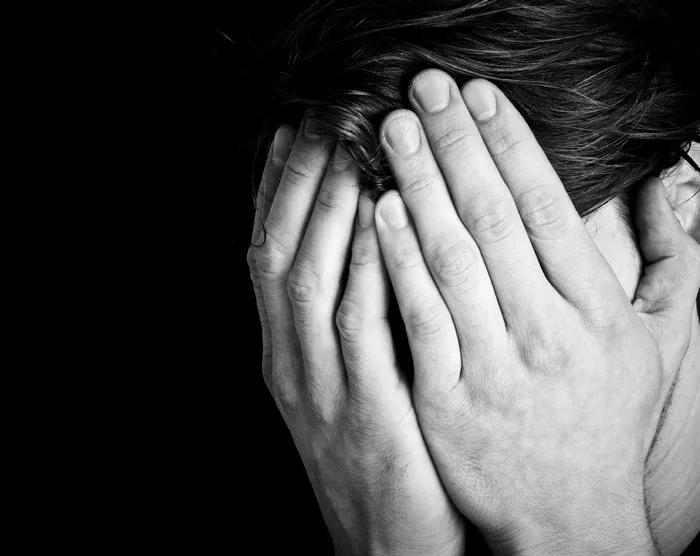FAQs
What happens if BPD is left untreated?
Untreated Borderline Personality Disorder (BPD) can lead to severe interpersonal conflicts, unstable relationships, self-harm, substance abuse, and suicidal behaviors. Without proper treatment, individuals may struggle to manage emotions and experience ongoing distress, impacting their overall well-being and quality of life.
Does BPD get worse with age?
While symptoms of BPD may fluctuate over time, research suggests that they tend to decrease with age, particularly after the age of 40. However, this doesn’t mean that BPD necessarily worsens with age for everyone. With appropriate therapy and support, individuals can learn coping mechanisms and improve their ability to regulate emotions.
Why is BPD life expectancy 27?
The notion that BPD reduces life expectancy to 27 is a misinterpretation of statistics. Studies have shown that individuals with BPD are at a higher risk of premature death due to factors like suicide, self-harm, and co-occurring mental health issues. However, this doesn’t imply a fixed life expectancy. With proper treatment and support, many individuals with BPD can lead fulfilling lives.
Related topics:
- Diagnosis of Depression: Understanding, Support, and Action
- Blue Light Therapy for SAD: Shedding Light on the Best Solutions
- Understanding Sadness and Depression


